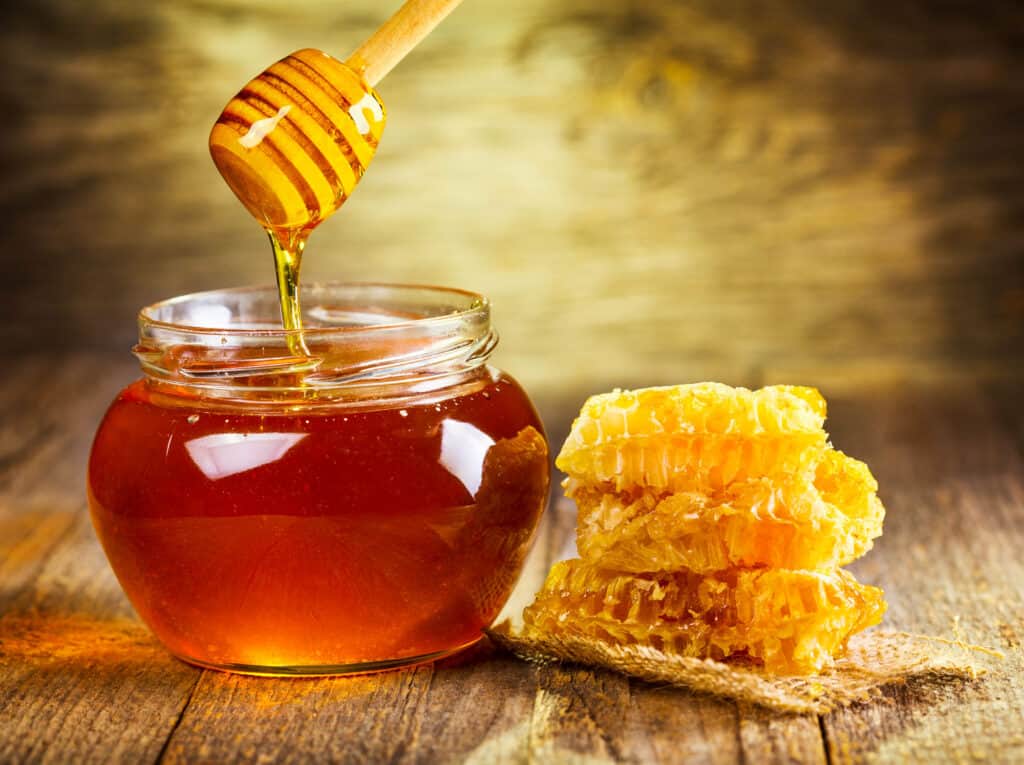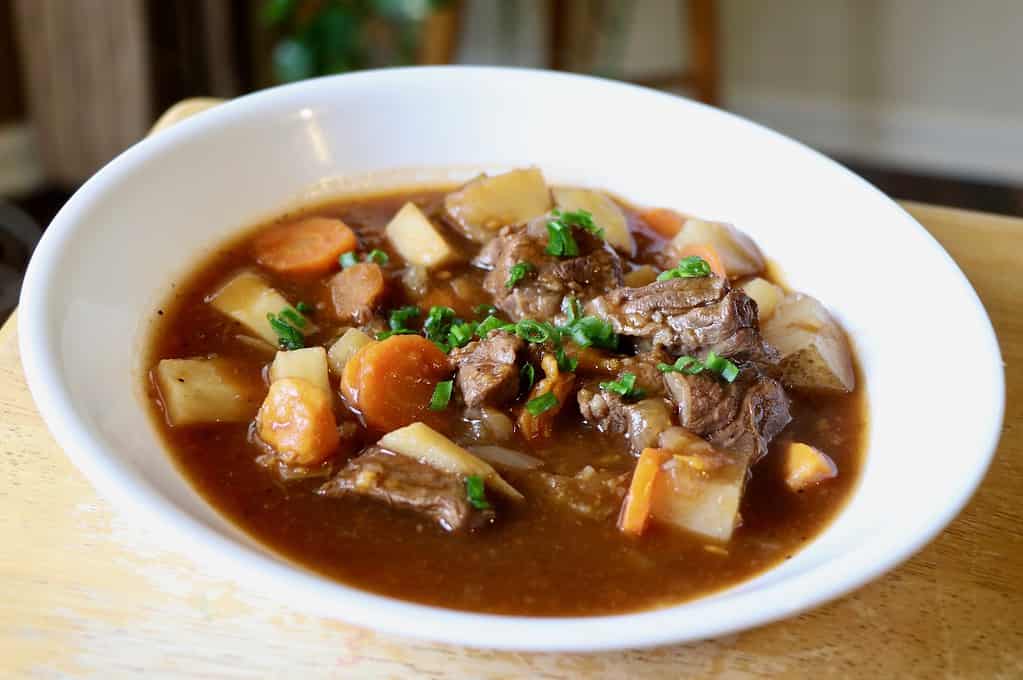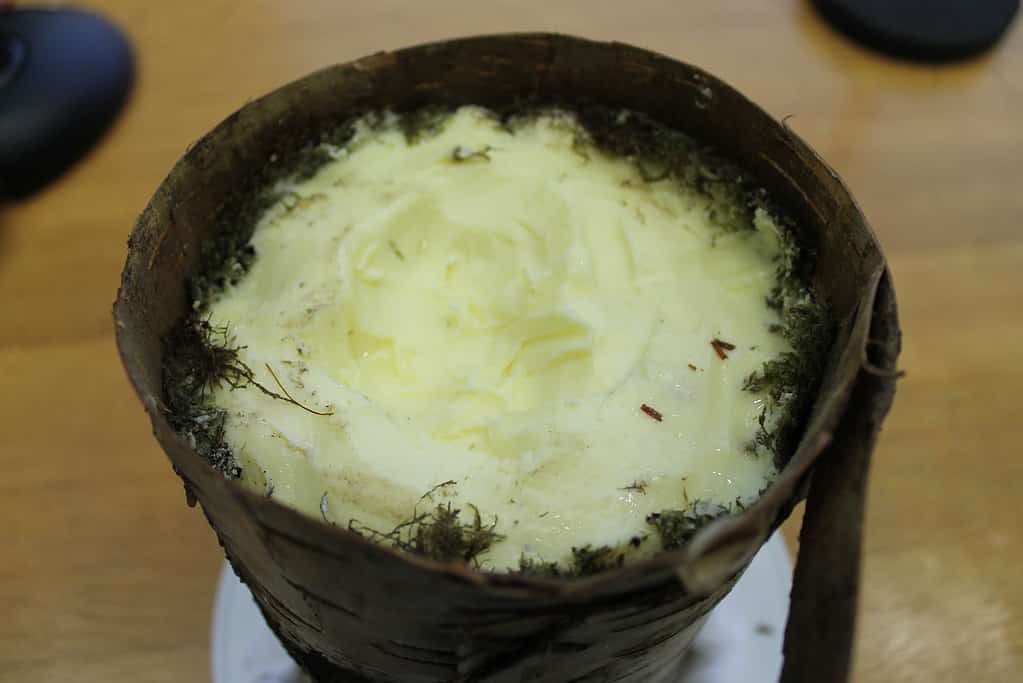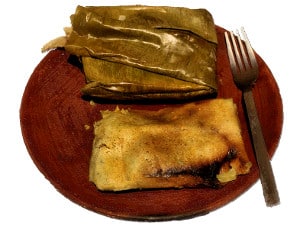There are plants and animals in the world that humans have eaten regularly for millennia. As humans began learning about optimal eating for better survival, foods that required ingredients and preparation were developed. What are 7 of the oldest foods in the world? Read on to find out!

The human diet has had an indelible influence on the development of civilizations, and Homo erectus was the first archaic human to purposefully cook. In Israel, they created fires to prepare freshly caught fish over 750,000 years ago. In addition, Neanderthals and Homo sapiens were cooking roots in South Africa around 170,000 years ago.
Food preparation existed long before reading and writing developed. Yet as humans hadn’t mastered written communication when cooking became common, the earliest human recipes were not recorded.
7 Of The Oldest Foods (and 2 Drinks) In The World
These are some of the oldest foods in the world (plus 2 bonus drinks):
- Bread: 14,000 Years Old
- Tamales: 10,000 Years Old
- Chinese Fermented Alcohol: 9,000 Years Old
- Chicha: 7000 Years Old
- Popcorn: 6,500 Years Old
- Garlic Mustard Seed Spice: 6,000 Years Old
- Bog Butter: 5,000 Years Old
- Mesopotamian Stew: 3750 Years Old
- Honey: 3,000 Years Old
The Oldest Edible Food Still Found Today: Honey

©iStock.com/nitrub
The oldest edible food in the world is honey, found in a tomb in Ancient Egypt. It’s around 3,000 years old and hasn’t spoiled due to the honey’s antimicrobial properties. Because honey is high in sugar, has low water content, and contains a tiny bit of hydrogen peroxide, bacteria and other microbes can’t grow on it.
While honey remains edible over long periods, it does change. If its moisture content is lifted above eighteen percent, it may rot. Honey mixed in a liquid was used in early fermentation processes.
The Oldest Written Stew Recipe: Mesopotamian Stew

Mesopotamian Stew is similar to Irish Stew, shown here. Both stews are made with mutton and have hunks of meat and a variety of vegetables.
©A Healthier Michigan from Detroit, United States, CC BY-SA 2.0 <https://creativecommons.org/licenses/by-sa/2.0>, via Wikimedia Commons – Original / License
The oldest written stew recipe is from a Sumerian cuneiform tablet around 3750 BC. It’s for a mutton stew called Tuh’u that calls for certain aromatics, meat hunks, fat, and vegetables.
The concept of stew is thousands of years older than Tuh’u, as it was common across cultures to simmer the meat in water over a fire. Neolithic Europeans regularly ate a stew made of anything available, including grains, meat, vegetables, and fish.
The Oldest Refrigerated Dairy: Bog Butter

Bog Butter was described as tasting somewhat like cheese.
©Navaro, CC BY-SA 3.0 <https://creativecommons.org/licenses/by-sa/3.0>, via Wikimedia Commons – Original / License
The oldest bog butter ever discovered was around 5,000 years old. This butter was hidden in bogs by ancient people though no one is certain why. Because Irish bogs are anaerobic, ancient barrels filled with butter could be preserved since there is no oxygen to cause rotting.
Some of the bog butter that has been found was eaten by the people who found it. The first written report of a modern bog butter tasting is from 1859. It was described as tasting somewhat like cheese.
The Oldest Spice: Garlic Mustard Seeds

A garlic mustard plant will generally produce 22 siliques, or seedpods, each of which can contain as many as 28 seeds.
©O. Pichard, CC BY-SA 3.0 <https://creativecommons.org/licenses/by-sa/3.0>, via Wikimedia Commons – Original / License
Garlic mustard seeds used as a peppery seasoning in prehistoric European cookware date to around 6,000 years ago. It is the first true evidence of the purposeful use of spice in food.
The finding of garlic mustard seed residue shows that hunter-gatherers in Denmark and Germany were flavoring their food before the development of agriculture. The garlic mustard seeds were cooked in pots with fish and meat.
The Oldest Snack Food: Popcorn

Popcorn was created by wrapping the appropriate popcorn cob in a husk and then placing it on smoldering coals.
©iStock.com/rfranca
Popping popcorn is over 6,500 years old, and it originated in Peru. It was created by wrapping the appropriate popcorn cob in a husk and then placing it on smoldering coals.
Corn was first domesticated around 10,000 years ago in Mexico. There are currently six types of corn: popcorn, dent corn, flint corn, pod corn, sweet corn, and flour corn.
The Oldest Fast Food: Tamales

Tamales were a common portable food for armies.
©N. Saum, CC BY-SA 3.0 <https://creativecommons.org/licenses/by-sa/3.0>, via Wikimedia Commons – Original / License
Tamales date back around 10,000 years and originate in Mesoamerica. The Olmecs and Toltecs used tamales because they were easy to transport. They have since spread worldwide, with varying cultures and regions having specific preparations.
Tamales are a great way of feeding many people for only a few dollars. Things like meat, vegetables, and sauces are easily stretched when included in a masa pocket. They were a common portable food for armies.
Corn husks or banana leaves are wrapped around masa dough stuffed with meats, beans, fruits, or other fillers. They’re then steamed as fully-contained packaged food in their wrapper.
The Oldest Processed Food: Bread

The earliest breadmakers probably made flatbread from club-rush tubers and wild einkorn, which they processed by dehusking, grinding, and kneading before baking.
©iStock.com/Belyaevskiy
The origins of bread are so ancient that the story will never be fully unravelled though it probably began around 30,000 years ago. As Neolithic farmers began cultivating grains, cereal-based products like bread became staple foods. The earliest known proof of breadmaking occurred with the Natufian hunter-gatherers that lived in the Levant over 14,000 years ago.
Natufian hunter-gatherers represent the transition from hunting and gathering-centered cultures to a more sedentary lifestyle. It is a noteworthy moment in cultural evolution since Neolithic agriculture didn’t develop for another four thousand years.
The earliest breadmakers probably made flatbread from club-rush tubers and wild einkorn, which they processed by dehusking, grinding, and kneading before baking. It’s yet to be determined if the development of bread products influenced the cultivation of grains. The tedious grinding of a rare resource may have led to innovations like farming that allowed for convenient grain sourcing.
A pancake made of einkorn, red deer, and alpine ibex meat was found in Otzi the Iceman’s stomach in 1991. Otzi the Iceman is the oldest mummified body found in Europe. He was found in the Italian Alps, and his corpse dates to around 3,300 BCE.
Bonus: Oldest Drink #1: Chinese Fermented Alcohol
People found a way to make drinking water safe by fermenting it into alcohol. The earliest known fermented beverage in the world was found in China, dating back to around 7,000 BCE.
This makes human-produced alcohol consumption at least 9,000 years old. The beverage contained honey, rice, grapes, and hawthorn fruit.
Bonus: Oldest Drink #2: Chicha
Chicha is around 7,000 years old and usually made from flour corn though it’s also made of fruit, cacti, cassava, potatoes, peanuts, and other fermentable products. Due to its early undocumented popularity, it played a big role in Incan culture.
Today, most Latin American cultures have a unique form of chicha affected by regional crops and tastes. The most common form of chicha today is chicha de Jora, which is a fermented maize beer.
Thank you for reading! Have some feedback for us? Contact the AZ Animals editorial team.








